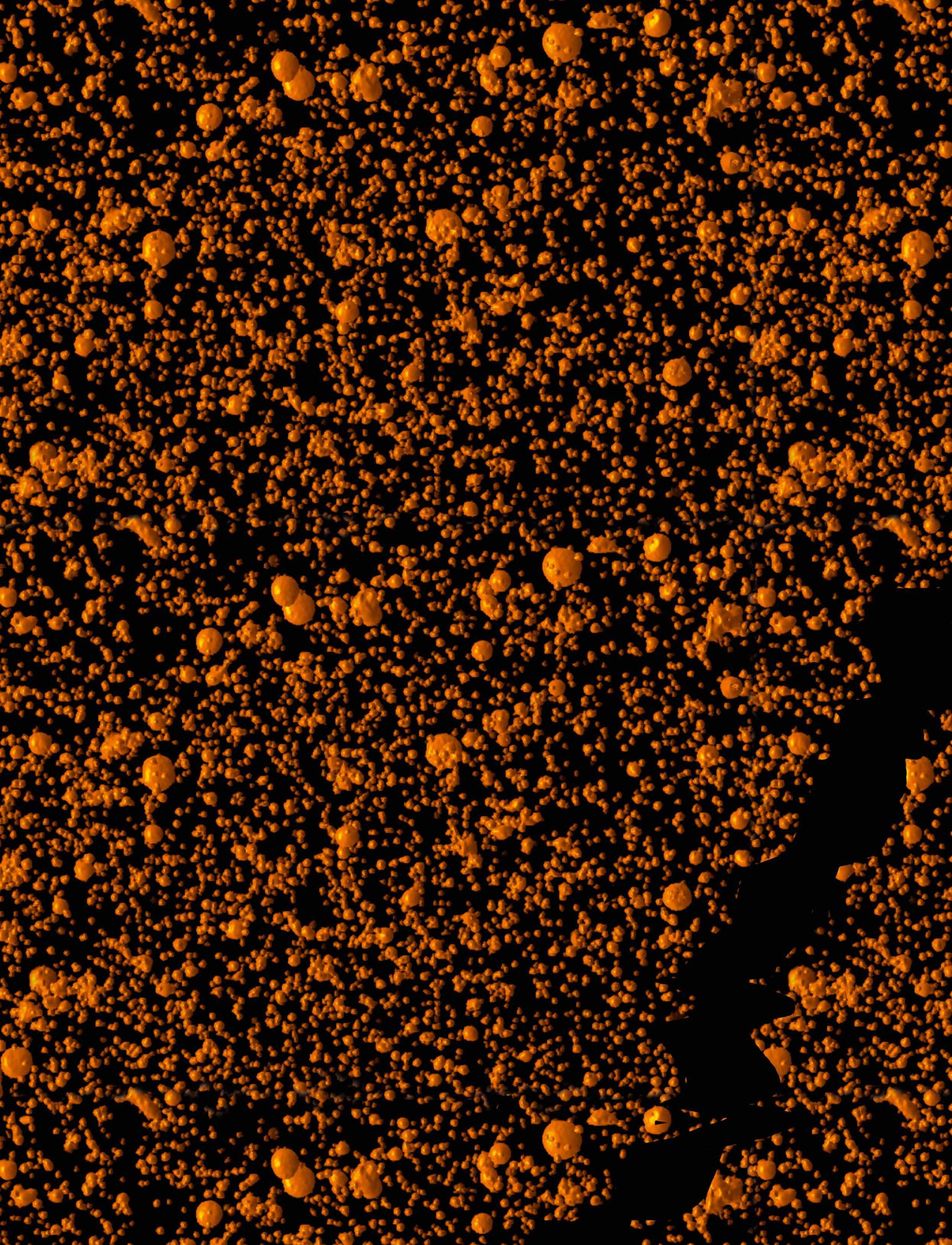Demonstrating the quantum advantage The development of quantum technologies has generated a lot of interest, with the commercial sector keen to harness their potential, for example in communication and computing. We spoke to Dr Eleni Diamanti about the QuSCo project’s work in proving the advantages of quantum technologies and bringing them closer to practical application. The difference between a classical bit and a quantum bit can be expressed through the notion of quantum superposition. While information in a classical bit is represented as either 0 or 1, a quantum bit (qubit) can exist in a space between 0 and 1. “This is the notion of superposition,” says Doctor Eleni Diamanti, CNRS Research Director in the Quantum Information team at Sorbonne University in Paris. This superposition is typically expressed in mathematical terms as a combination of 0 and 1. “We express it as a function of 0 and 1. These are quantum states, not classical bits; these are states corresponding to specific physical properties of the quantum particle,” explains Dr Diamanti. “We can express qubits using coefficients that allow to calculate the probability of finding the quantum state in either 0 or 1. This is what we mean when we say that the qubit exists in states in-between.”
Researchers nowadays have a fairly thorough understanding of how to generate and manipulate these qubits, which is central to the development of quantum technologies. The properties of qubits are used in quantum technologies to propagate and manipulate information. “These 0s and 1s correspond to information. The goal of quantum technologies is to use this particular way of using and encoding information to perform tasks that – because of the properties of these qubits – cannot be done in the classical world,” continues Dr Diamanti. Research into quantum technologies has been broken down into several main categories. “One large category is quantum communication, which is necessary to connect distant quantum systems, and whose major goal is to show that you can use quantum technologies to improve security or communication efficiency, to show an advantage in the security or the necessary amount of information transmission,” says Dr Diamanti. “A second major theme is quantum computing, where quantum technology could be used to improve computation time.”
QuSCo project
Illustration by Kevin Hong
This is a topic at the core of the QuSCo project, an initiative funded by the European Research
Council which aims at demonstrating the benefits of quantum technologies for certain applications. While these technologies hold rich potential across a range of different areas, Dr Diamanti’s primary focus is on quantum communication and quantum computing. “I have worked for many years on quantum communication, in particular quantum cryptography. This involves looking at how to use quantum states of light, in particular, to improve security in communications,” she explains. “In QuSCo, we have done some work on cryptography, and are also looking towards quantum computing as well. We aim to demonstrate a quantum advantage in certain applications, essentially to identify and implement tasks that can be done better with quantum systems than classical systems with current or near-term photonic technology.” The nature of the comparison between quantum and classical resources is an important consideration in the project, with Dr Diamanti and her colleagues striving to ensure that it is fair and balanced. While there is a lot of interest in the potential of new technologies, the aim in the project is to demonstrate the potential of existing quantum technologies in certain applications, for example in the verification of the solutions of difficult computational problems. For this, Dr Diamanti needs sequences of very
We aim to demonstrate a quantum advantage in certain applications, essentially to identify and implement tasks that can be done better with quantum systems than classical systems with current or near-
term photonic technology.
46
EU Research






























